Why the RWA Investment Trend is Winning Over Investors Right Now: Pros & Cons Breakdown
October 27, 2024
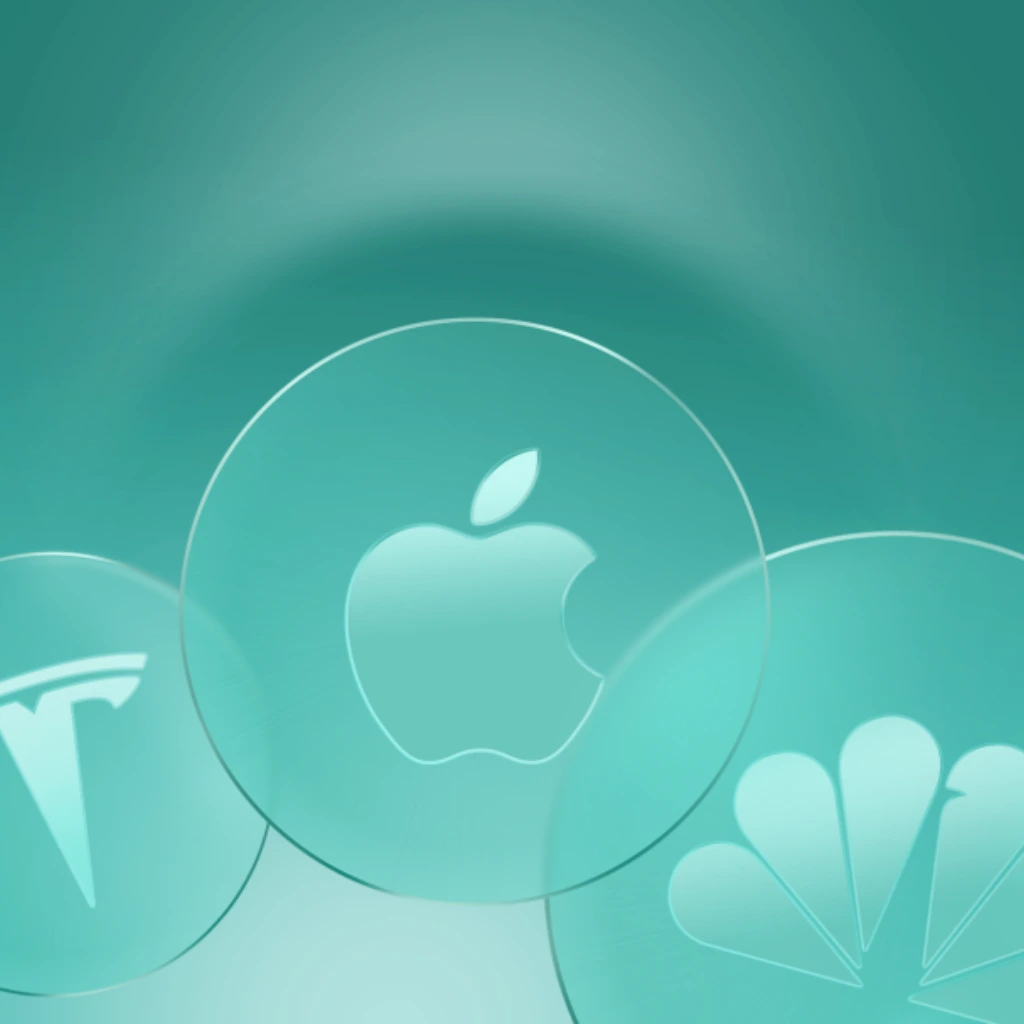
If you’ve been hearing the buzz about the RWA investment trend but aren’t quite sure what it means, you’re not alone. Simply put, RWA stands for Real-World Assets, and the trend involves turning physical or traditional financial assets—like real estate, commodities, or artwork—into digital tokens on blockchain platforms. This lets investors buy, sell, or trade fractions of these assets online.
Sounds promising, right? But like anything, there are upsides and downsides to consider before jumping in. Let’s break down the pros and cons of the RWA investment trend so you can get a clearer picture.
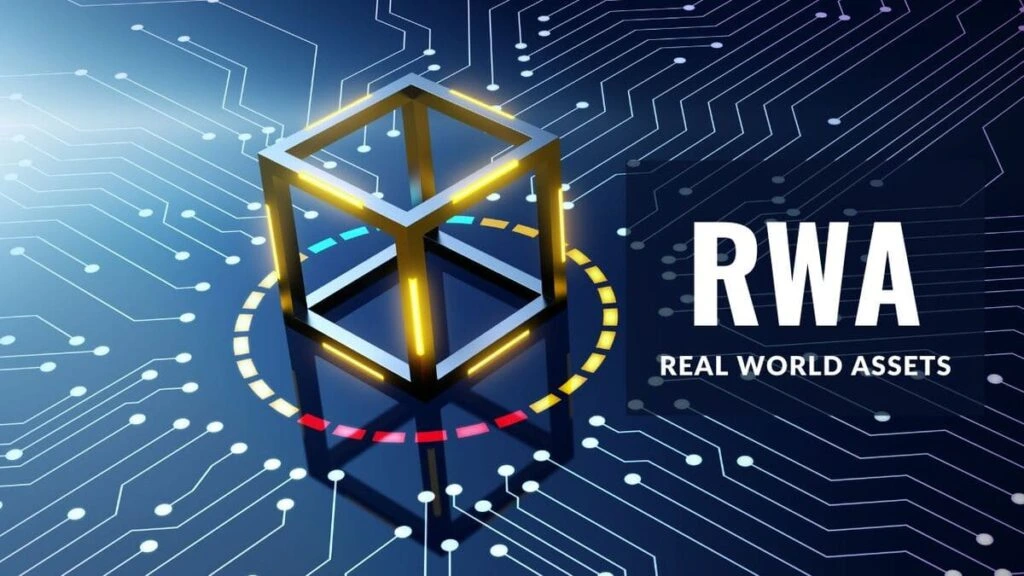
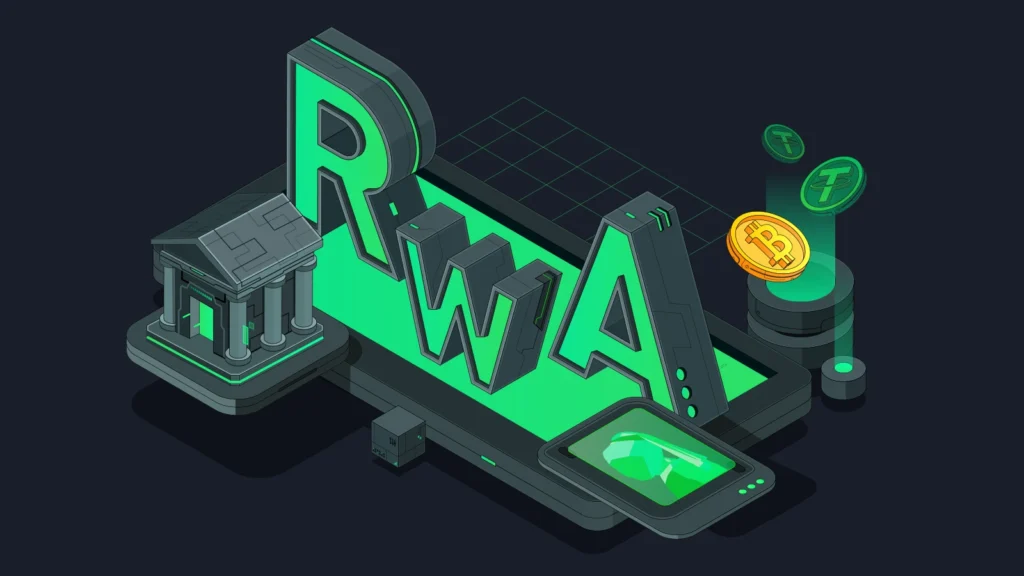
Pros of the RWA Investment Trend
1. Greater Diversification
One of the biggest draws is diversification. Traditional stocks and cryptocurrencies can be volatile, so adding real-world assets—backed by physical value—helps balance your portfolio. Think of it as mixing a bit of stability with innovation.
2. Accessibility for Smaller Investors
Tokenization breaks down the usual financial barriers. Want a slice of a commercial building or a rare piece of art? You don’t need millions anymore. By owning tokens representing parts of these assets, smaller investors can get involved without a huge upfront cost.
3. Faster and Cheaper Transactions
Thanks to blockchain tech, transactions can be completed faster and with lower fees compared to traditional financial markets. No more waiting days for settlements or dealing with costly middlemen.
4. Enhanced Transparency and Security
Every token transaction is recorded on a public ledger, making it easier to track ownership and reduce fraud risk. This transparency can build trust, especially in markets that have struggled with hidden fees or shady dealings.
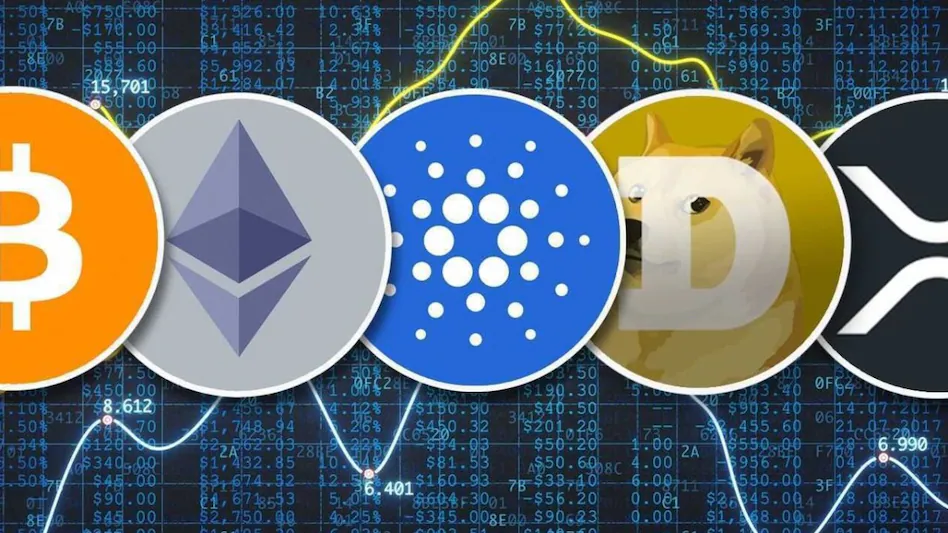
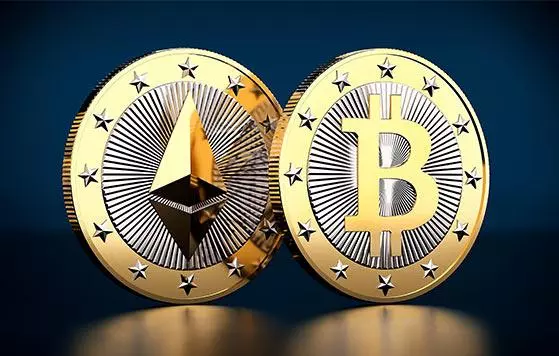
Cons of the RWA Investment Trend
1. Regulatory Uncertainty
The laws and regulations governing tokenized real-world assets are still evolving. This regulatory gray area can make some investors wary, as future rules might impact how these assets can be bought, sold, or even valued.

2. Liquidity Can Vary
While tokenization often improves liquidity, it doesn’t guarantee it. Some RWAs—like certain real estate tokens—may not be as easy to trade quickly as cryptocurrencies, meaning you might need patience before selling.
3. Underlying Asset Risks Remain
Owning a token doesn’t remove the risk of the asset’s value dropping. If the real estate market slumps or a commodity price falls, token holders feel the impact just like traditional investors.
4. Technology and Adoption Hurdles
The RWA trend depends heavily on blockchain infrastructure and market adoption. Technical glitches, platform reliability, or slow adoption could slow growth or create barriers for investors.
Who’s Leading?
Large financial organizations, including as banks and asset managers, are looking more closely at RWAs because they see tokenization as a means of expanding their customer base and developing new product lines. Access to these tokenized assets is now simpler for regular investors thanks to expanding platforms.
It’s still early, though. While some experts think RWAs are influencing the direction of investing, others warn that the hoopla may outweigh their usefulness.
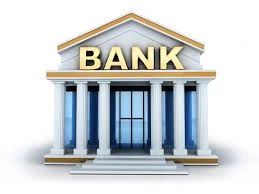

What’s Next for the RWA Investment Trend?
The democratization of access to international wealth-building opportunities may be the greatest promise of the RWA investment trend. Imagine emerging market investors having access to minor stakes in foreign commodities or real estate without the usual restrictions.
To help investors avoid problems, this potential is contingent upon more comprehensive market education and more transparent laws. RWA tokenization has the potential to change the way we think about ownership and investment if those factors come together.
Final Thoughts: Weighing the Pros and Cons
The RWA investment trend is more than just a catchphrase; it’s a change that combines digital ease with traditional asset value. Accessibility, transparency, and innovation have many advantages, but there are still hazards associated with legislation, liquidity, and tech adoption.
Knowing these benefits and drawbacks will assist investors who are interested in the future determine whether it makes sense for them to join the RWA movement. Is it a fleeting trend or the next big thing? It’s a trend worth keeping a close eye on, but only time will tell.
Relevant Link : Here

